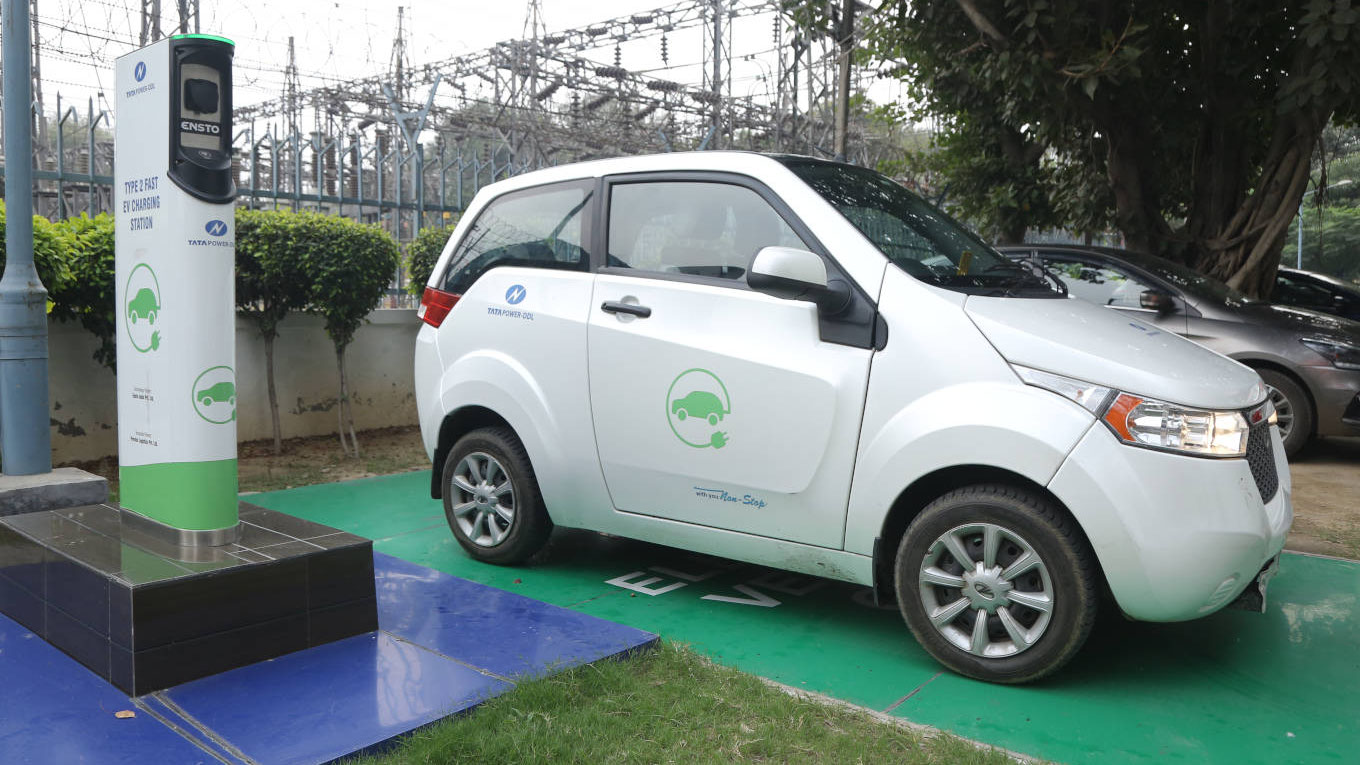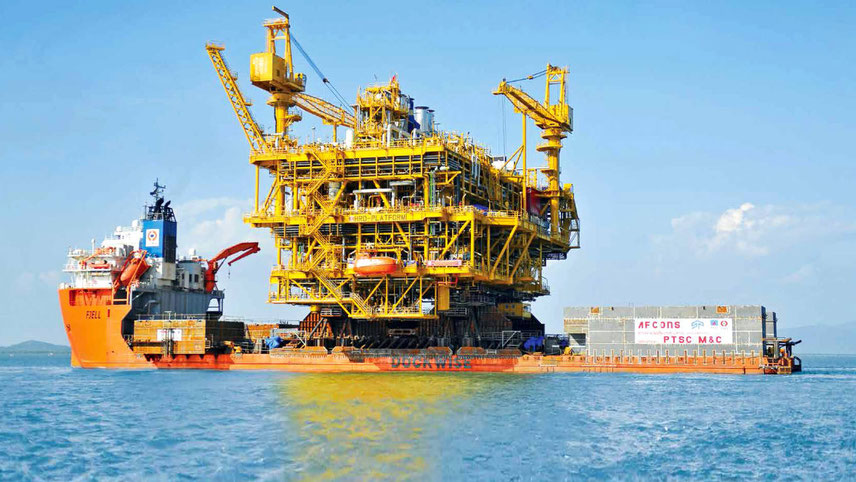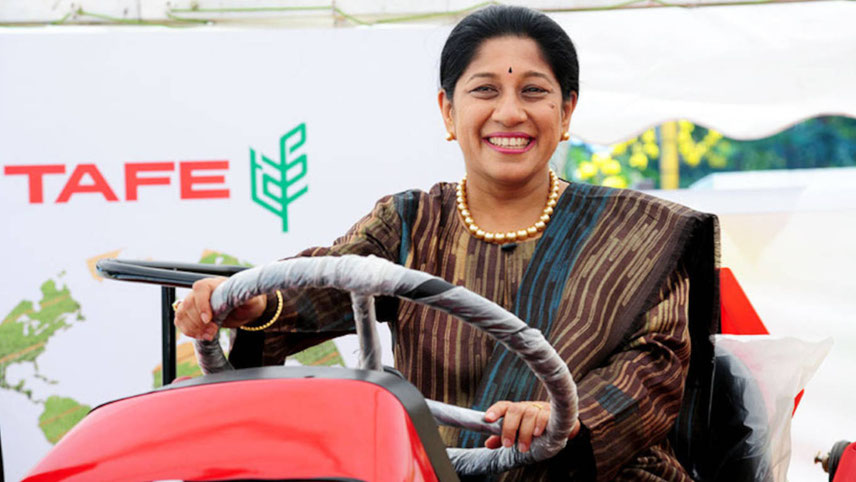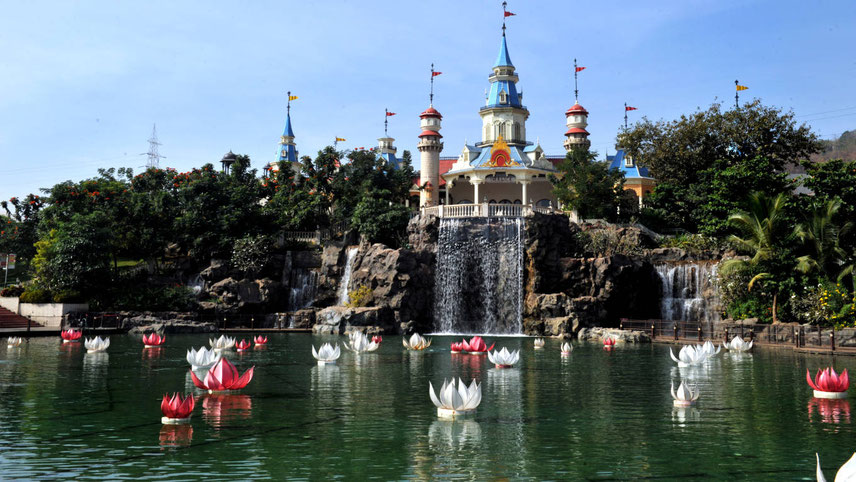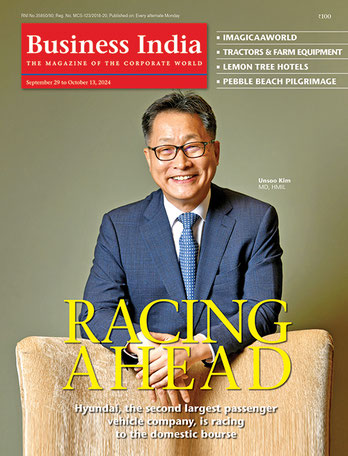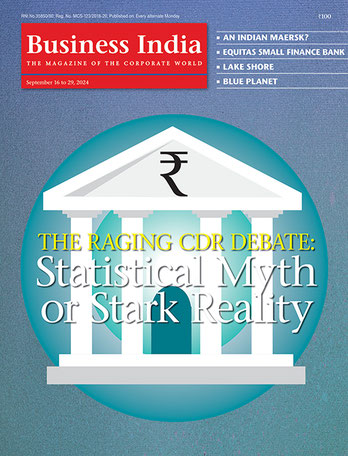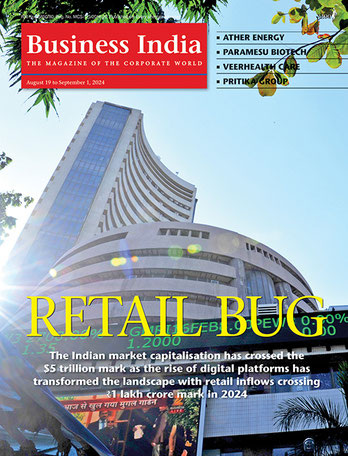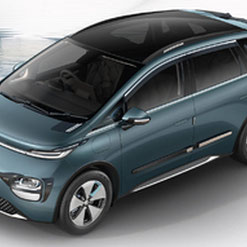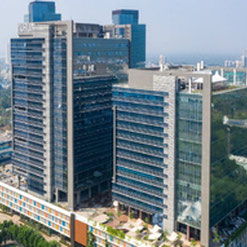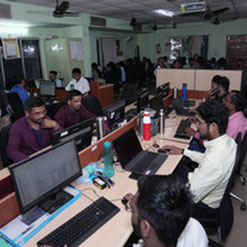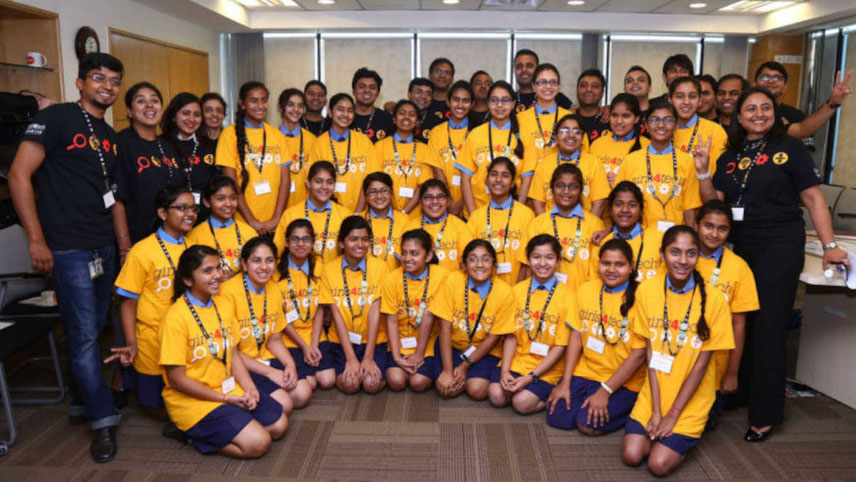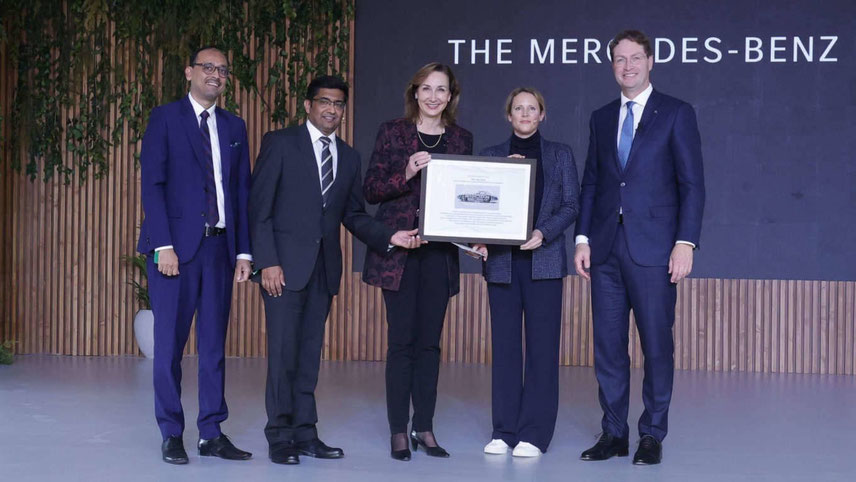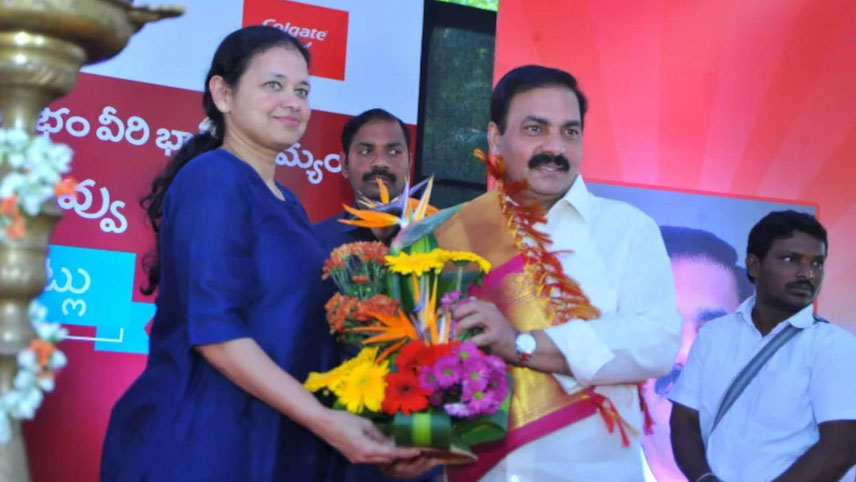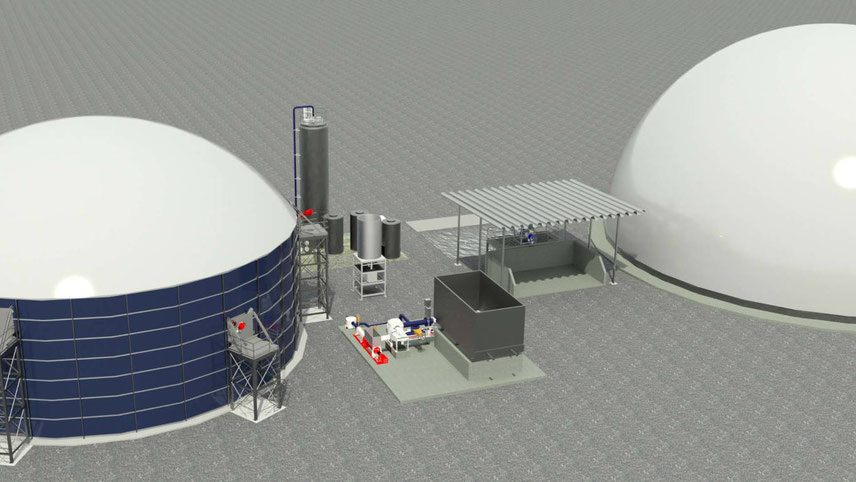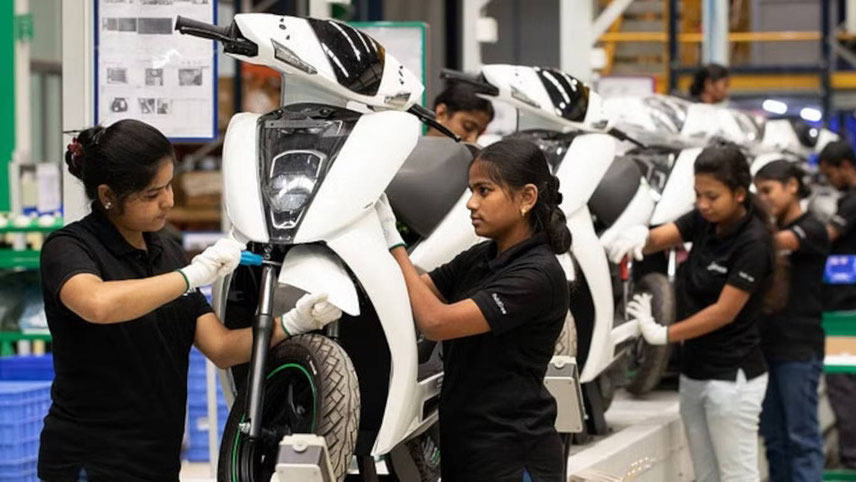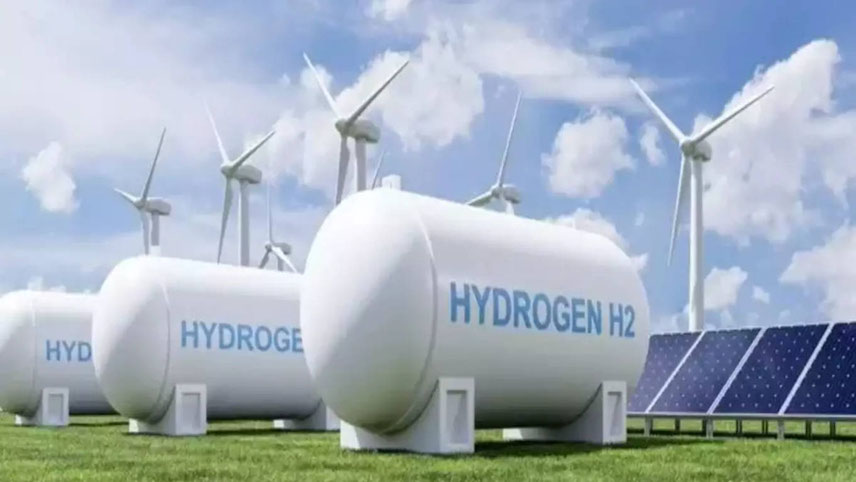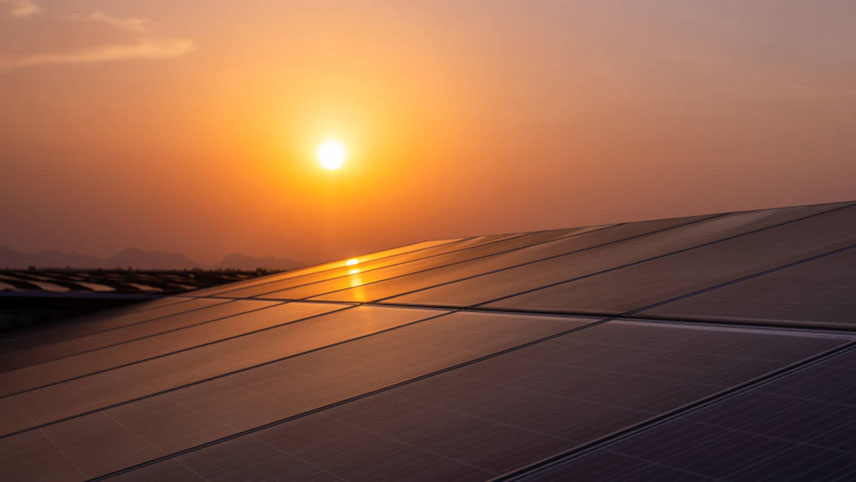-

Qamar: blame it on the road sector for carbon emission
The report presents a long-terms scenario on a ‘Business As Usual (BAU)’ basis and some of the projections are too alarming. Taking a time-bound horizon of 34 years (between 2016 to 2050), the report anticipates motorisation rate to increase 3-fold, annual freight tonne-kilometres to increase 7-fold, and the share of diesel and petrol in the BAU scenario remains as high as 82 per cent even in 2050 – a marginal decline since 2016 level of 90 per cent. “Annual emissions from transport are estimated to increase 4-fold by 2050 to 1,164 million tonnes. This increase is much higher than most other sectors and would increase the share of transport in total emissions to 19 per cent,” the report underlines.
Policy push & private sector initiatives
Analysts watching the development vouch that the Union government has given a hard policy push to the segment. “There have been a slew of policy initiatives including FAME, state level EV policies, scrappage policy, green tax, National Electric Mission Mobility Plan 2020 etc. On the regulation side, acceptance of hydrogen and LNG as automotive fuel has been major moves,” points out Qamar. Some of the states jumping in the fray with their own incentive led EV production schemes is being considered as critical differentiator to the scenario.
“Thirteen states (Andhra Pradesh, Delhi, Karnataka, Kerala, Madhya Pradesh, Maharashtra, Tamil Nadu, Telangana, Uttar Pradesh, Uttarakhand, Meghalaya, Gujarat and West Bengal) have approved or notified dedicated EV policies to promote adoption of electric vehicles," Minister of State for Heavy Industries Krishan Pal Gurjar had informed Rajya Sabha in a written reply in August. A major push was given as recently as September when the government under its PLI (production linked incentive) scheme announced a further budgetary outlay of over Rs26,000 crore to incentivise electric vehicle and fuel cell EV manufacturing.
Leading government think-tanks like Niti Aayog are at the forefront of promoting EV and allied sectors and have been facilitating specific collaborative efforts from the stakeholders. For instance, in September, NITI Aayog launched project Shoonya – an initiative to accelerate adoption of electric vehicles (EVs) in the urban deliveries segment. The launch event was attended by close to 30 companies including Mahindra Electric, Tata Motors, Zomato, Sun Mobility, Lightning Logistics, Big Basket, Bluedart, Hero Electric, Swiggy and others.
“I would urge e-commerce companies, auto manufacturers, and logistics fleet operators to acknowledge the opportunity to eliminate pollution from the urban freight sector, Niti Aayog CEO Amitabh Kant said on the occasion. According to a Niti Aayog release, urban freight vehicles account for 10 per cent of freight transportation-related CO2 emissions in India, and these emissions are expected to grow by 114 per cent by 2030.
In the critical arena of creating charging stations infrastructure, government supported agencies like ASSAR (Advance Services for Social and Administrative Reforms) have also pitched in with its prototypal intervention in association with industry stakeholders. On Delhi-Agra and Delhi-Jaipur highway stretches, it has put up some basic charging models where the utilisation level has swiftly grown up to 30 per cent of the capacity. The break-even period of such units is estimated to be three years at the investment cost of Rs5 crore per unit. “We are now working on a larger plan to set up such units on 18 highways across the country,” informs Abhijit Sinha, Programme Director (Ease of Doing Business), ASSAR.
-
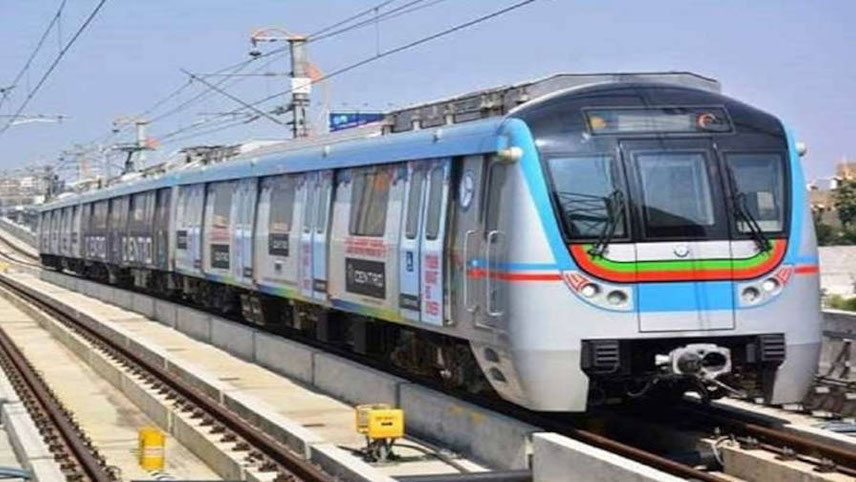
For effective programme, railways’ share in transportation has to go up
Some of the leading private firms like Tata Power and Hero Motors have committed large scale moves in setting up charging stations. Tata Power has just completed setting up 1,000 charging units. Tata Power is collaborating with leading OEMs to roll out these stations and is targeting to set up 10,000 units. The electric vehicle arm of Hero Motors is also eyeing at creating an expansive charging station network. Hero Electric, recently announced its partnership with Delhi-based EV charging solutions start-up Massive Mobility with the intention of setting up 10,000 units across the country.
“As a pioneer brand in the EV segment, Hero has been investing in plotting low-cost charging stations over the last few years to foster growth of the charging infrastructure. Till date, we have setup close to 1,650 charging stations and aim to setup 20K by the end of 2022,” Sohinder Gill, CEO, Hero Electric said. A senior official of NHAI has recently informed in a media interview that the country’s largest road infrastructure agency is planning to set up 700 charging stations on the highways in the next two years.
And similar sentiments are witnessed across the spectrum – manufacturing, setting up of charging infrastructure, or possible innovations solutions which are likely to dominate the future. While players like Ola are giving a new direction to their business by delving in EV manufacturing, a whole galaxy of start-ups have emerged in the sector, sufficiently funded and with some defining USPs.
Making a strategic difference
But are the sentiments expressed by stakeholder making a real change on the ground or indicating a big momentum building? That is the critical question and it is baffling many as India is targeting to have a vehicular fleet on the road 30 per cent of which should be electric (across the board) by 2030. For the actual hard numbers registered so far are quite low. For instance, according to official data, till July this year, the total volume of electric vehicles registered in the country was slightly above half a million.
Minister of State for Heavy Industries had informed the parliament that about 3,61,000 electric vehicles have been incentivised to the tune of Rs600 crore, as of 9 July, 2021, since the EV-adoption policy which came into effect in April 2015. Furthermore, the ministry sanctioned 2,877 EV charging stations amounting to Rs500 crore across 68 cities in India. Phase-II of FAME India Scheme (initiated in 2019 and to be completed by 2024) with a total budgetary support of Rs10,000 crore is, meanwhile, expected to expedite the scene.
“This phase focusses on supporting electrification of public and shared transportation and aims to support, through subsidies, approximately 7,000 electric buses, 5,00,000 electric three-wheelers, 55,000 electric passenger cars and 10,00,000 electric two-wheelers. In addition, creation of charging infrastructure is also being supported to address the issue of range anxiety among users of electric vehicles,” the government note had underlined.
However, many industry veterans point at slow pace on several fronts. For instance, charging stations. To support the country where EV volume is expected to cross 2 million by 2026, a total volume of 4,00,000 charging stations will be needed, a report by Grant Thornton released in June had notified. The note had maintained India having 1,800 charging units as of end of March 2021. “India would certainly need more private investment in creating basic EV infrastructure,” Sinha of ASSAR observes.
Noted global experts like Dr. Anup Bandivadekar, Programme Director at International Council on Clean Transportation (ICCT) strongly maintains that the time of more action has arrived. “I think, in terms of incentives-led policy provisions from the government, India has a sound base. Now the issue is to tell other stakeholders to do their bit diligently, may be some time and volume bound commitments,” he says while citing Uber’s case which has committed an entire EV fleet in the US state of California by 2030 following pressure from the local government.
-

Bandivadekar: the time of more action has arrived
On a larger basis, meanwhile, making a critical difference in transport decarbonisation would also be a function of a certain degree of modal shift (non-roadways segment should carry more transportation load). “It is important that railways should play a larger role as its energy demand is on the lower side. India’s transport balance is too much tilted in favour of roadways. At the same time, the government should aim at EV transition for some low hanging fruits in the transport segment like small and medium commercial vehicles. If they target 90 per cent of them to be EV vehicles by 2030, it would make a big difference,” says Qamar while adding that the total volume of CVs (commercial vehicles) in the country amount to just 4.7 per cent of total registered sales but account for 40 percent of transport sector emission.
Meanwhile, the modal shift theory expanding railways’ role has been testified by a recent report carried out by Alstom which is involved in many metro railways projects in the country. “In comparison to the high CO2 emissions from cars (79.5 gCO2/passenger.km), Alstom’s metro trains in India emit only 7.9 gCO2/passenger.kms. Similarly, the electric locomotives (e-Locos) deployed for high-speed freight transportation in India, emit 13.4 gCO2/ton.km of CO2, while goods trucks account for 92.3 gCO2/ton kms,” its impact report had said.
Analysts like Bandivadekar points at another dimension which may act as a serious catalyst in not so distant future in the regular scenario. “With the state governments pitching aggressively, in next two-three years, EVs as products would be reaching to upfront pricing parity level which is not the case right now,” he points out while making a host of other suggestions, based on global examples, which may help in brisk adoption of EVs during the course of the decade.
“For transport carbon decarbonisation, an effective strategy is to create low or zero emission clusters within the city and then gradually expand them. It also helps in sensitising the residents telling them the kind of changes waiting to greet them soon,” he emphasises. Last heard, a part of Kevadia in Gujarat that hosts Sardar Patel’s iconic statue, is expected to become India’s first formal zero emission cluster.
